#womens vintage clothing
Text
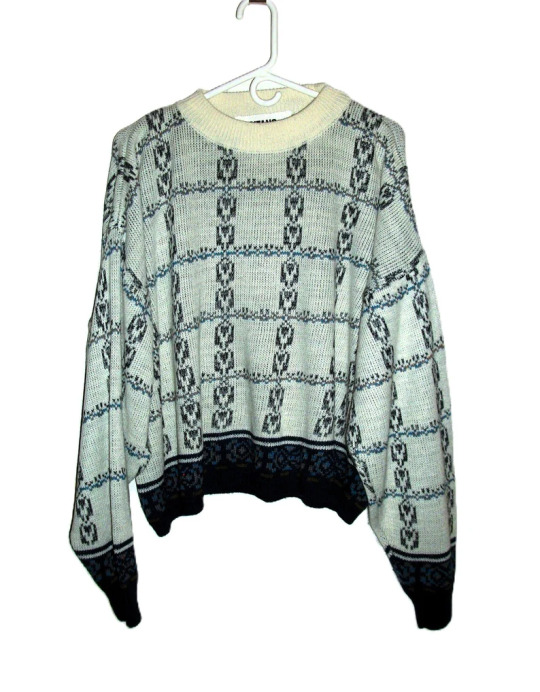
Vintage Nordic Sweater Fair Isle Pullover by Gitano Unisex Extra Large Chest =60" definitely Oversized! with wide drop shoulders circa 1980s!
#vintage sweaters#vintage sweater#vintage pullover#vintage pullover sweater#sweater#pullover sweater#vintage jumper#jumper sweater#mens vintage sweater#vintage#susoriginals#etsy#vintage clothing#womens vintage clothing#plus size vintage clothing#vintage plus size clothing#XXL vintage sweater#extra large vintage sweater#1980s#1980s fashion
1 note
·
View note
Text


At a historic seaport aboard the 1877 ELISSA, Galveston
#vintage aesthetic#vintage style#adventure aesthetic#1940s aesthetic#1940s glamour#1940s style#black people in period clothing#1940s women#antique aesthetic#mignonne#2024
763 notes
·
View notes
Photo



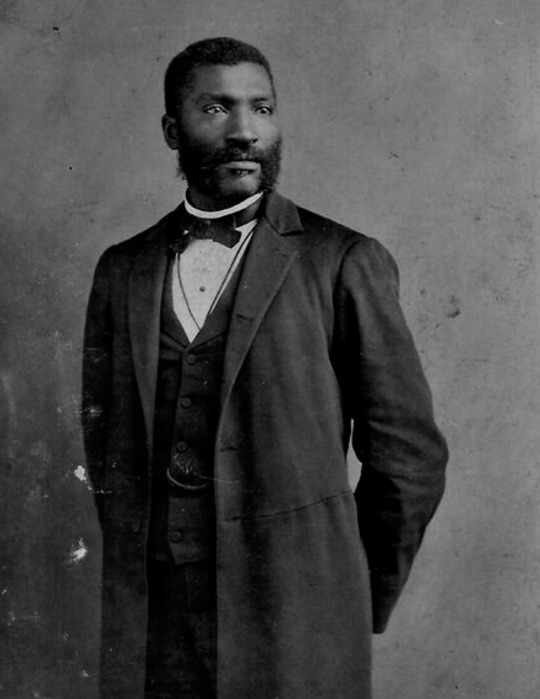
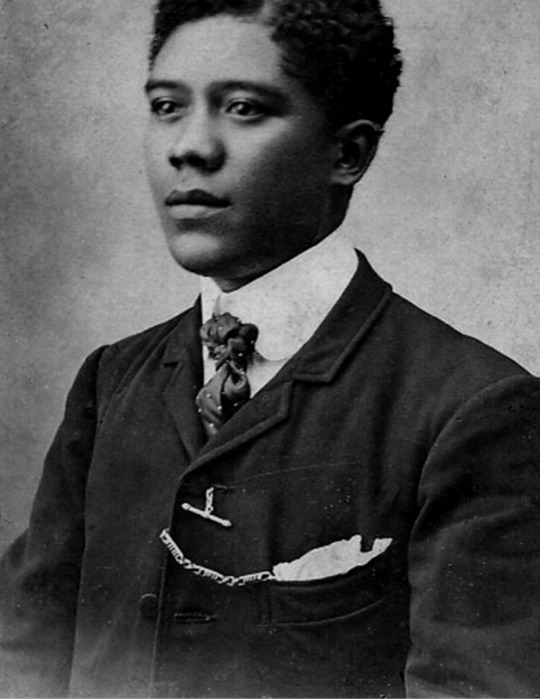




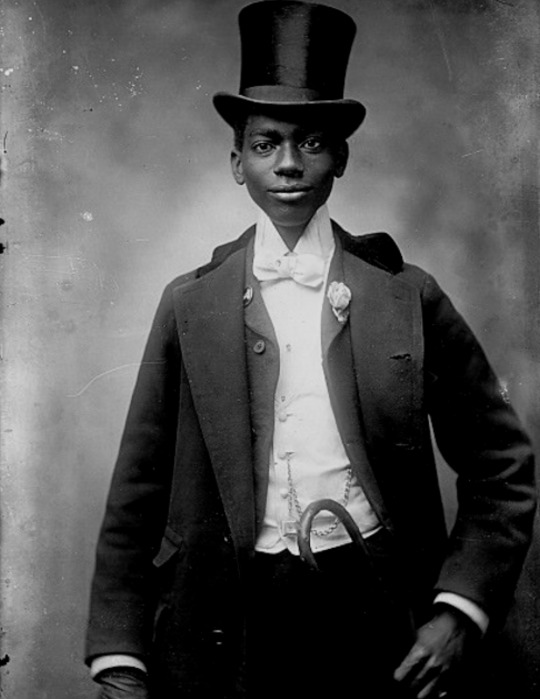
vintage men’s fashion in black history
#i did a women edition so here's the mens one#history#vintage photography#photography#beauty#vintage#fashion#vintage fashion#historical clothing#historical#black history
3K notes
·
View notes
Text

Jantzen, 1956
#jantzen#bathing suit#swimwear#1950s fashion#vintage fashion#1950s#1956#vintage advertising#summer#women's clothing
240 notes
·
View notes
Text
Going bar hopping 🍷🍸tonight, wearing an Atlanta Braves t shirt, and Levis.
Simple and sexy at the same time

#girl butts#jeans butt#jeans girl#women in jeans#blue jeans#jeans#jeans ass#tight butt#denim jeans#girls in jeans#sexy jeans#new jeans#levis jeans#tight levis#levisjeans#levis 501#levi jeans#vintage levis#levis#women wearing denim#beautiful women#gorgeous women#huge butt#sexy content#sexy tease#sexy pose#tight denim#tight je👖n's girl#tight clothes#ass pics
62 notes
·
View notes
Text
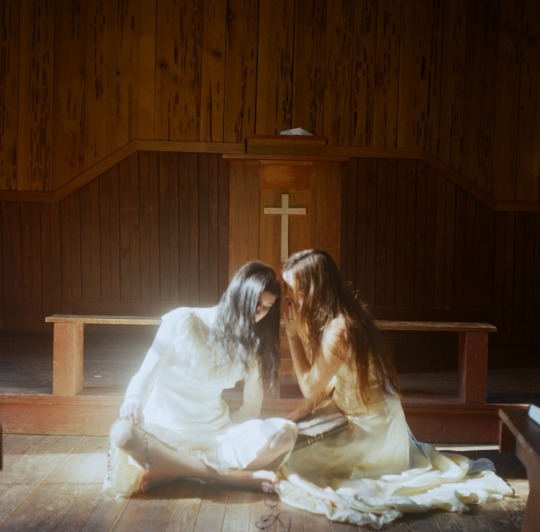

“ℑ 𝔣𝔬𝔯𝔤𝔦𝔳𝔢 𝔦𝔱 𝔞𝔩𝔩 𝔞𝔰 𝔦𝔱 𝔠𝔬𝔪𝔢𝔰 𝔟𝔞𝔠𝔨 𝔱𝔬 𝔪𝔢” - @mothercain
shot on film
collaboration with @ _littlestwolf (ig)
#abandoned church#ethel cain#film photography#35mm flim#gunne sax#35mm photography#southern gothic#vintage clothing#vintage#120 film#medium format#biblecore#god loves you but not enough to save you#ethel cain aesthetic#women#woman photographer
321 notes
·
View notes
Text
“The only thing that separates us from the animals is our ability to accessorize.”
— Robert Harling, Steel Magnolias

THE Eartha Kitt, 1970
#personal#inspirational quotes#life quotes#law of manifestation#high maintenance#black women in femininity#black women in luxury#hyper feminine#femme fatale#divine feminine#fashion is my passion#fashion icon#fashion tumblr#fashion style#fashionista#high fashion#hautefashion#haute couture#vintage aesthetic#vintage style#vintage clothing#vintage fashion#vintage#hypergamy#luxury#eartha kitt#diva#goddess vibes#wardrobe goals#fashion blog
62 notes
·
View notes
Text

◾A Serbian lady from Крагујевац(eng. Kraguyevats/lat. Kragujevac), dressed in serbian traditional city clothes 🇷🇸
▪️Time: 1895
▪️Photographer Љубиша Ђонић
#serbian#balkan#europe#serbian beauty#serbian traditional clothes#serbian folklor#slavic#serbian women#serbian tradition#beauty#Serbian culture#Tradition#Culture#Slavic#South Slavs#South Slavic#serbian aesthetics#serbian aesthetic#Vintage#Retro#19th century#Old Portrait#portrait#Woman#Kragujevac
94 notes
·
View notes
Text
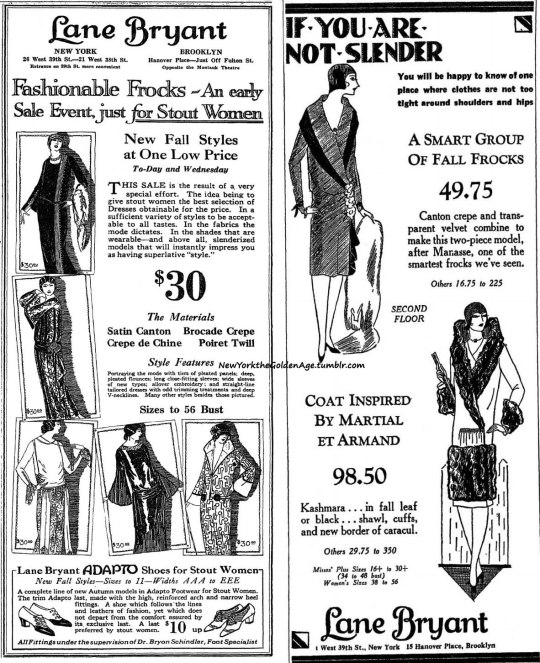
Lane Bryant was founded in New York in 1904 as a shop for standard-sized women. When a pregnant customer asked the proprietor, Lena Bryant (the bank officer who opened her account had misspelled her name), to make a "presentable but comfortable" dress for her, it was the first commercially available maternity dress.
When measuring her customers, Bryant realized the need for clothing for those who needed larger sizes than those usually available. So she began to stock them, and the first "plus size" clothing was available. Business boomed. It became a chain, which now has 448 stores in 46 states.
The ad on the left appeared in the NY Times in 1923 and the one on the right in 1925. I like the line, "If you are not slender." Better than "stout" or "plus sized."
Source: NY Times
#vintage New York#1920s#Lane Bryant#plus sized clothing#vintage clothing#shops#stores#women's clothing#maternity wear#female business owners#women in business
191 notes
·
View notes
Text

Miss Dorothea Owens trying on a new skirt in the Rosetta Frocks dress shop which is owned by Miss Cecilia Hall, Chicago, Illinois, 1942 🖤😍🖤😍🖤
📸: Jack Delano
#Dorothea Owens#dress shopping#clothing store#black woman#black girl#black lady#black beauty#1940s style#1940s fashion#1940s pinup#1940s women#1940s photography#1940s vintage#1940s#40s style#40s fashion#40s pinup#40s#decade: 1940s#vintage style#vintage fashion#vintage black women#black woman beauty#black woman magic#black girl beauty#black girl magic#black and beautiful#black pinup#black pin up#black girls are beautiful
43 notes
·
View notes
Text
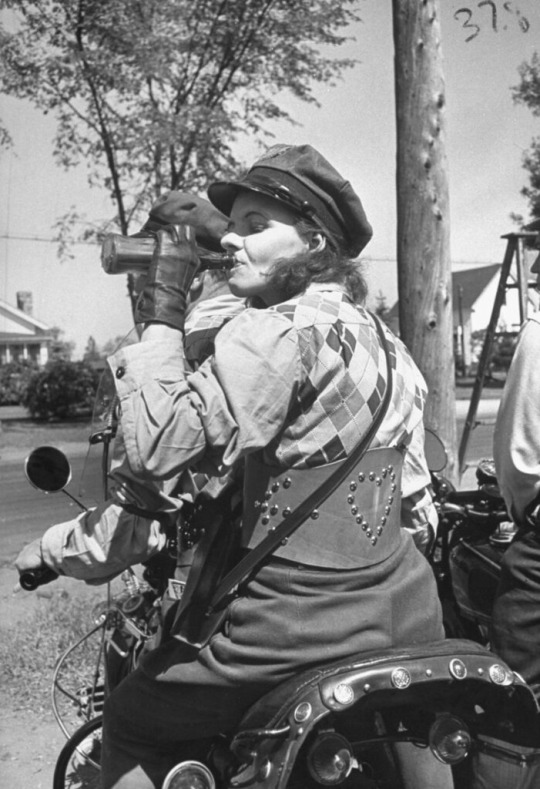
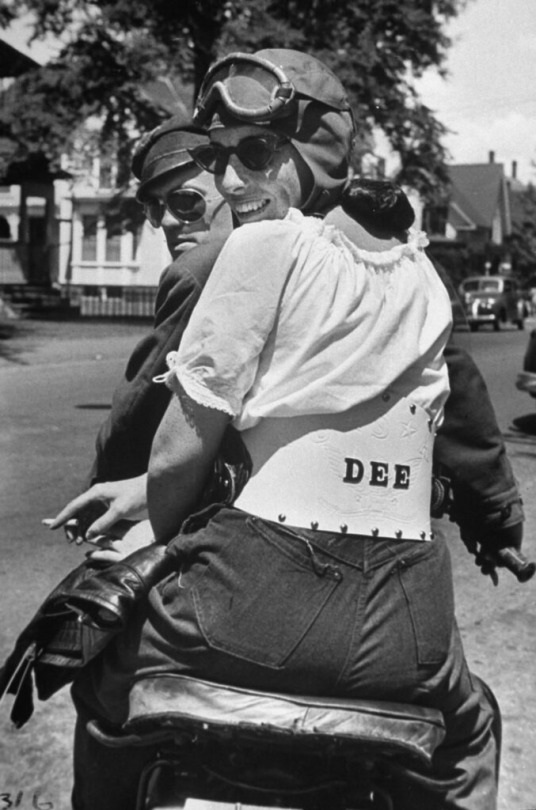
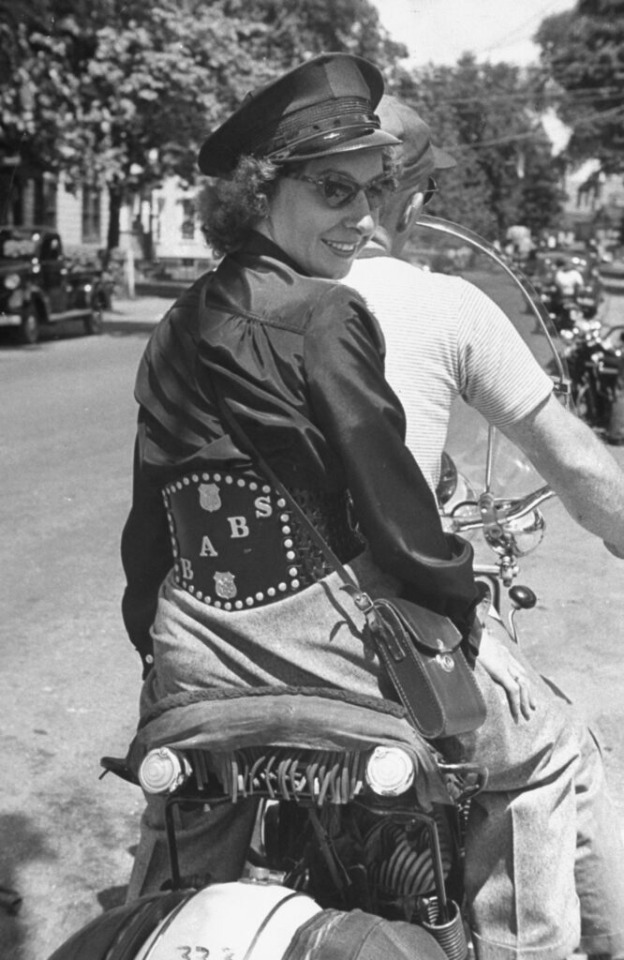
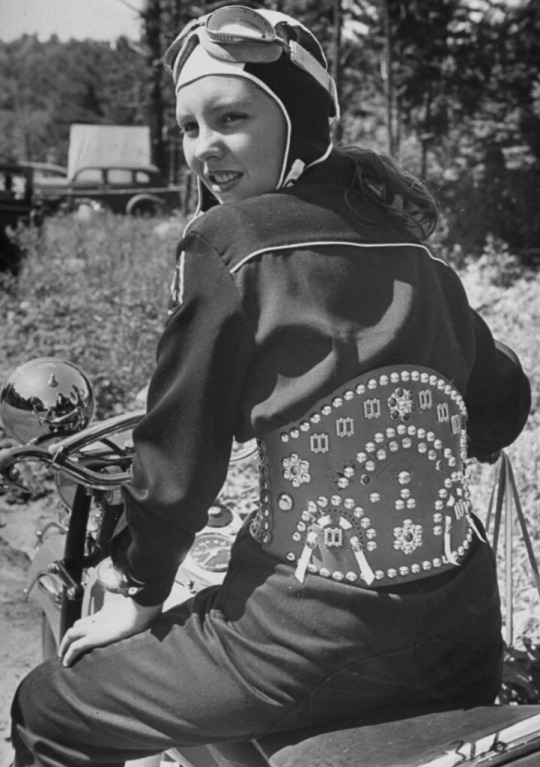
"At a motorcycle rally in Laconia, New Hampshire in 1947, some riders wore personalized protective leather belts."
Photographed by Sam Shere.
#women#old photos#1940s#*#sam shere#motorcycle#motorcyclists#life magazine#b&w#motorcycle rider#new hampshire#personalized clothing#vintage#leather belt#vintage style#vintage fashion#1940s aesthetic#1940s style#40s#40s aesthetic#40s style#40s fashion#1940s women#1940s fashion#vintage magazine#vintage motorcycle#vintage photography#vintage photos#1940s photography#black and white
58 notes
·
View notes
Text

oh, to be a ghost roaming those halls… || IG
#dark academia#antique aesthetic#40s does late baroque#black dark academia#vintage aesthetic#poc dark academia#1940s style#antique academia#vampirecore#vampire academia#baroque aesthetic#baroque academia#black women in luxury#black people in period clothing#mignonne#2023#red
745 notes
·
View notes
Text
🎉 GIVEAWAY ALERT! 🎉
Hey Fashion lover 🌟
🎁✨ To show our appreciation for your amazing support, we're hosting an exciting giveaway! To win Shein free gift card
How to Enter:
1. Follow @noisypostmiracle
2. Like this post ❤️
3. Tag 3 friends who would love these prizes 🤞
⏩⏩ Entre Now

#anime style#art style#black fashion#fashion#fashion week#fashion blog#fashionblogger#high fashion#womens fashion#vintage fashion#irl people#fashion tag#cloth#usa news#usa#united states#united states of america#the last of us#us politics
60 notes
·
View notes
Photo

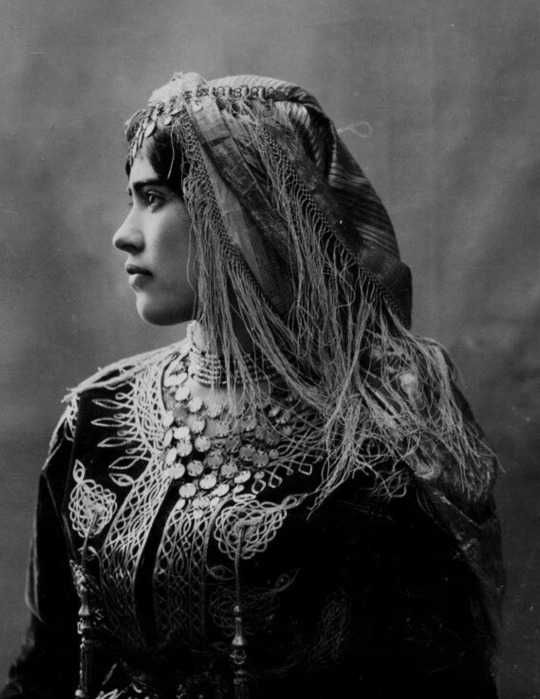
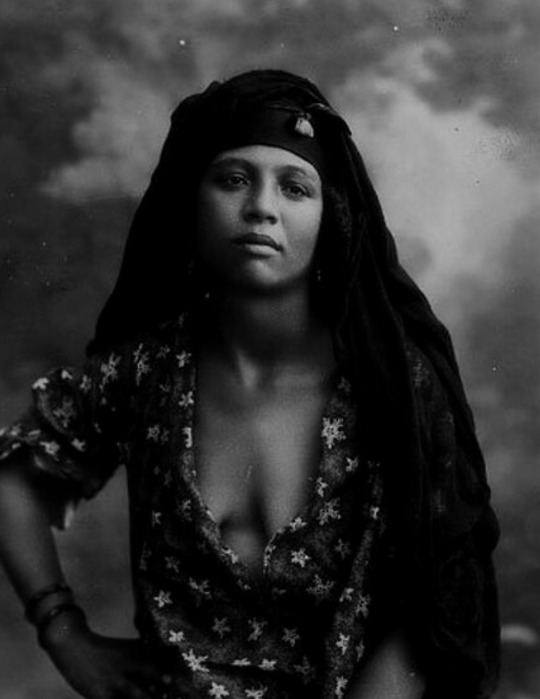
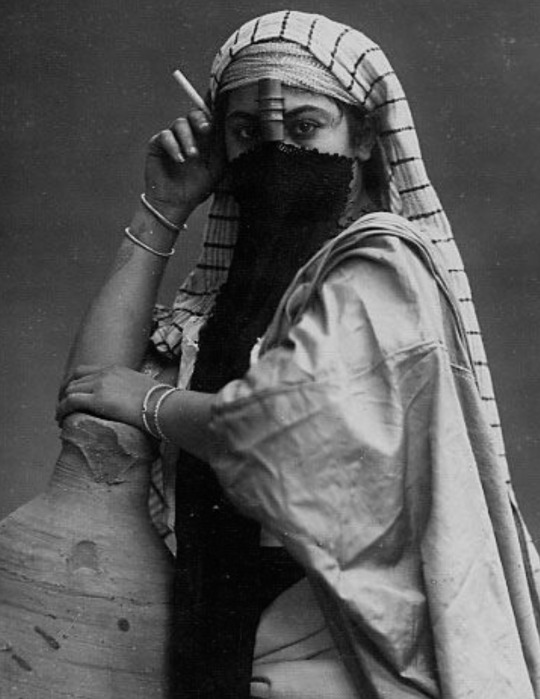
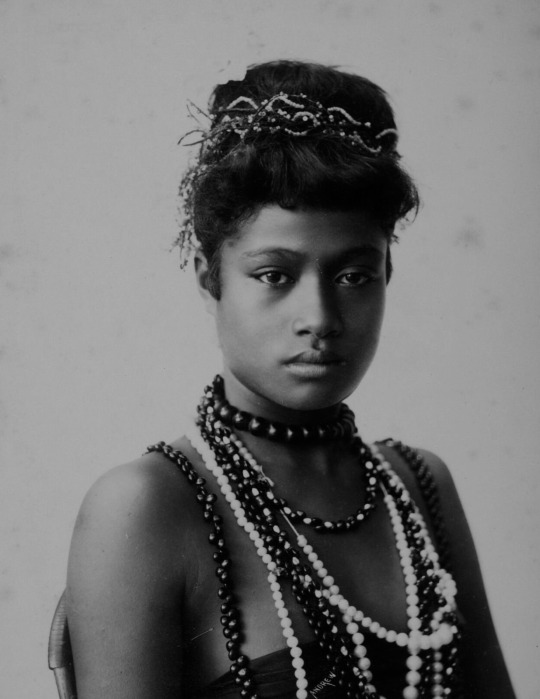





beauty around the world
#i love making these posts#beauty#photography#georgia#nepal#algeria#india#women in history#history#ph#vintage#vintage photography#traditional clothing
3K notes
·
View notes
Text
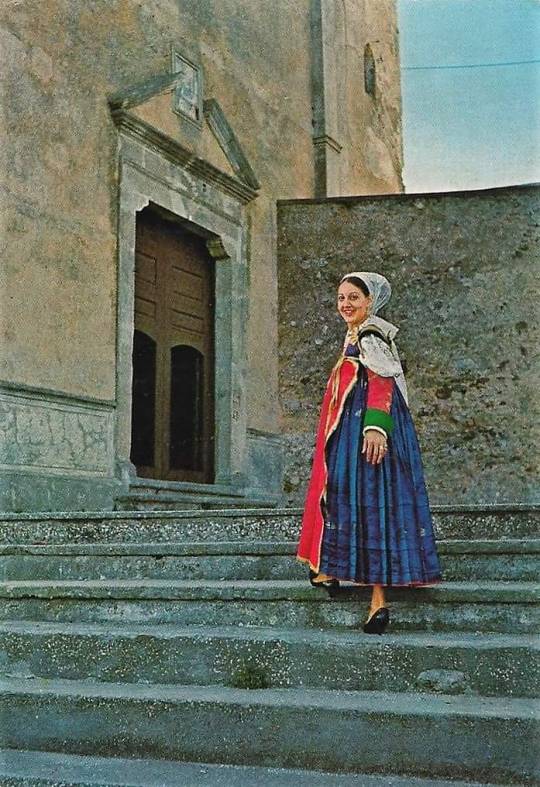



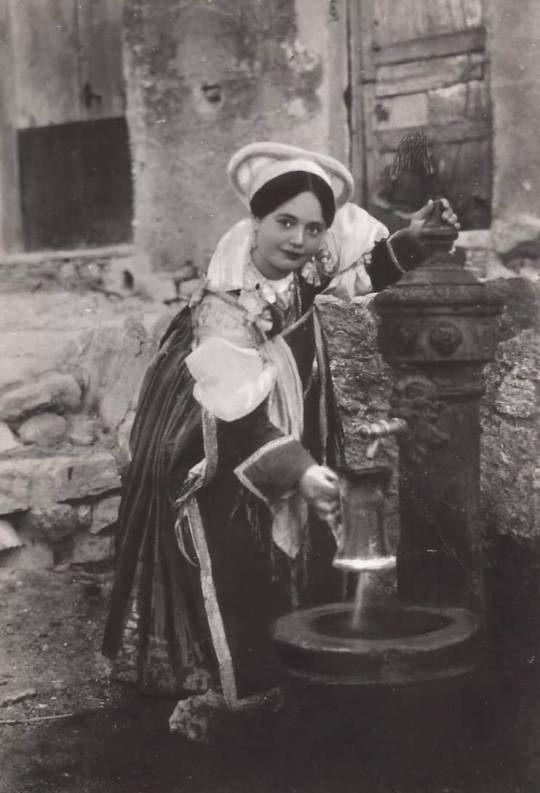
Occitan is still spoken in Southern Italy's Calabria
Blessed with one of the most beautiful languages, Italy is also home to a plethora of linguistic minorities, twelve to be precise, across fourteen regions, with almost three million speakers. The Occitan linguistic minority of the Alpine valleys of Northern Italy's Piedmont and Liguria is probably one of the most well known, also because of the importance the language had in the history of European culture and literature: the Langue d’Oc and its poetry inspired the troubadours of Provence, in Southern France. In those days, Occitan was spoken in the South of France, from the Atlantic to the Alps, but today only small pockets of Occitan-speaking people exists, mostly across the Alpine valleys of France, Liguria, Piedmont and in thr town Guardia Piemontese, in Southern Italy's Calabria.
How did Occitan speaking people end up from the mountains of Northern Italy to the southernmost region of the Italian peninsula?
It’s a long story, one that brings us back to the 13th century, to a religious minority called Waldensians and to the fact Calabria is known for being a welcoming land for all those seeking refuge, from Greeks to Albanians and Jews.
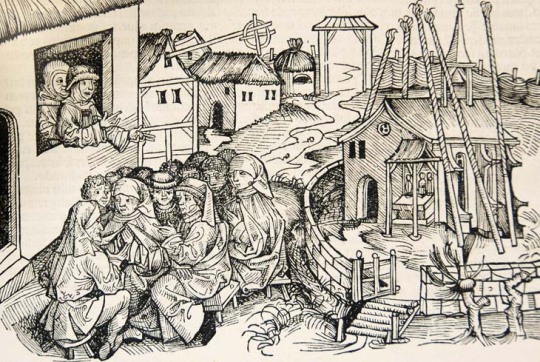
The Waldensian movement had developed in the Cottian Alps between France and Northern Italy towards the end of the 12th century, most likely thanks to the contributions of Peter Waldo (from whom the movement took its name). Waldensians lived a life of asceticism and poverty, but some of their more extreme views — lack of faith in transubstantiation and having associated the Catholic church with the “harlot of the Apocalypse” — turned them into religious pariah and victims of persecution across Europe.
A considerable group of Waldensians moved to Calabria in the 13th century to escape persecution in Northern Italy and the land of Calabria proved to be a blessing, because its fertile soil allowed the development of a prosperous community.
Guardia Piemontese is a town on the Western coast of Northern Calabria.

The date of Guardia's foundation is unknown, and the name of the place has changed several times in history. "Guardia" means watch or lookout, and this name is probably related to a lookout tower built in the 11th century. Such lookout towers were built to warn against Arab pirates, then called Saracens, ravaging the coast.

For the first century, the community of Guardia cohabited peacefully with their Catholic neighbors, but things tragically changed when the Waldensians decided to join the Protestant Reform: then, they became the enemy and victims of a religious persecution that was to obliterate them in the early summer of 1561. Those tragic events are still remembered today in Guardia Piemontese, thanks to a monument called La Porta del Sangue, (the Gate of blood), a memento to the violence that killed so many and forced many others to conversion.
Despite the suppression of their religion, the people of Guardia, or La Gàrdia, as they call it, have continued to use their distinct Occitan dialect, Gardiòl. Not surprisingly, it has been influenced by the speech of their neighbours in Calabria. For example, Gardiòl has adopted the use of retroflex consonants, common in Sicily and southern Italy.
The traditions that the Waldensians brought from Piedmont to Calabria, such as the Occitan language and certain customs, have survived over the centuries right through to the present day.
In 1863 the name Guardia was changed to Guardia Piemontese, to honor the geographical origins of the Waldensians.
On 5 June 2011, 450 years after the massacre in Guardia, the Waldensian Church opened a museum and cultural centre in the town. The museums tells the story of how the Waldensians arrived all the way in Calabria and preserves agricultural tools, the traditional clothing of Guardia Piemontese, made with a particular yarn of broom and the famous hurdy gurdy, an French instrument of medieval origins. In the Occitan valleys in Italy, the hurdy-gurdy was the traveling companion of buskers.

The Waldensian Church and the municipal authorities now collaborate closely in cultural affairs. Numerous ecumenical events have been planned together with the local Catholic community to mark the 500th anniversary of the Reformation.
Follow us on Instagram, @calabria_mediterranea

#guardia piemontese#calabria#italy#italia#south italy#southern italy#mediterranean#folklore#folk dress#traditional clothing#architecture#vintage#vintage photography#vingate photos#italian#italian women#folk costume#occitan#langblr#langue d'oc#d'oc language#heretic#heresy#hurdy gurdy#traditions#history#medieval
36 notes
·
View notes
Text

Art Institute of Pittsburgh... offers a remarkably complete training in either fashion illustration or dress design.
#vintage illustration#vintage advertising#vintage fashion#fashion illustration#dress design#vintage clothing#women’s fashion#art institute of pittsburgh#the art institute#fashion#style
21 notes
·
View notes